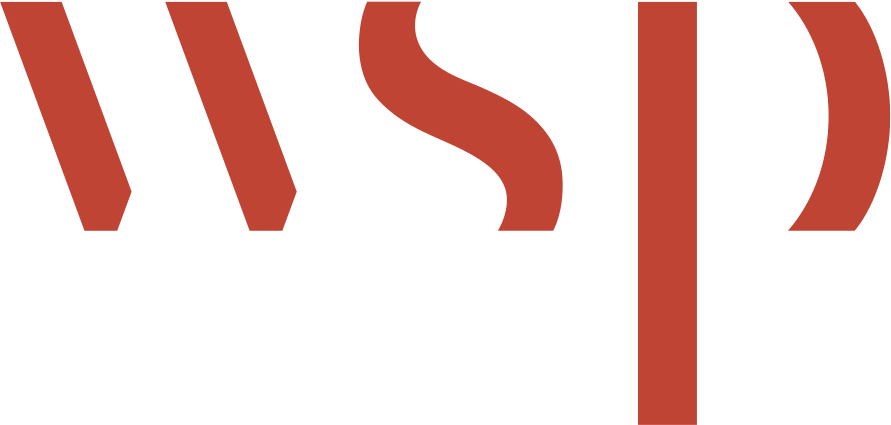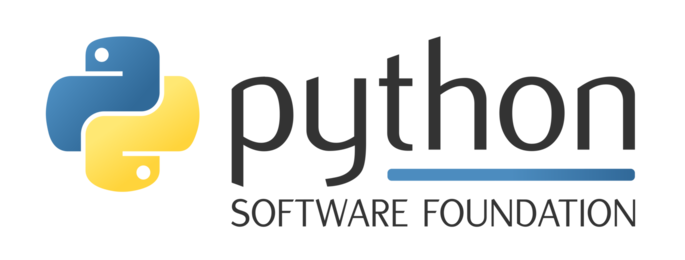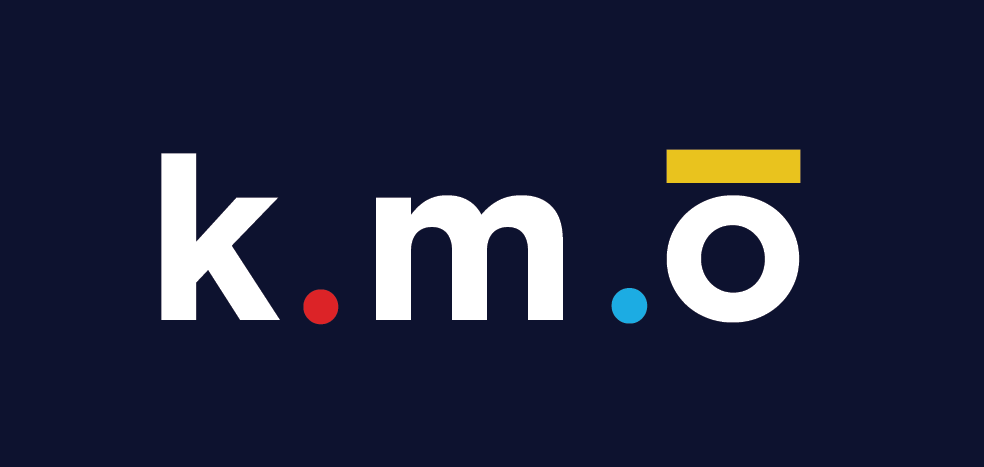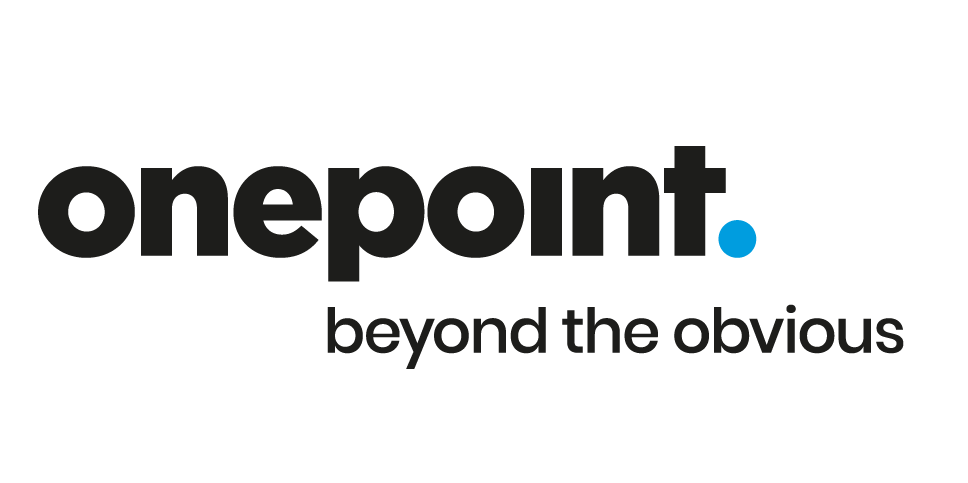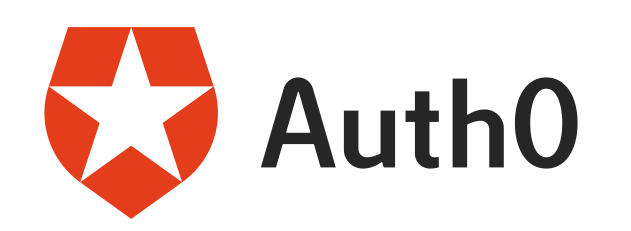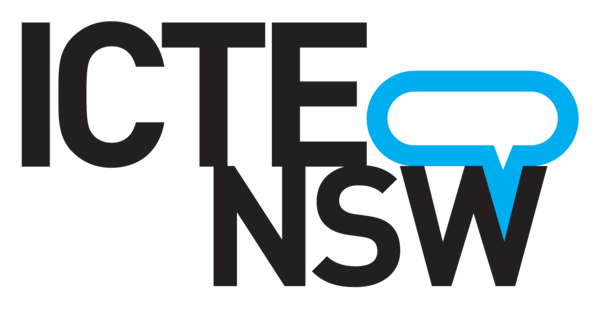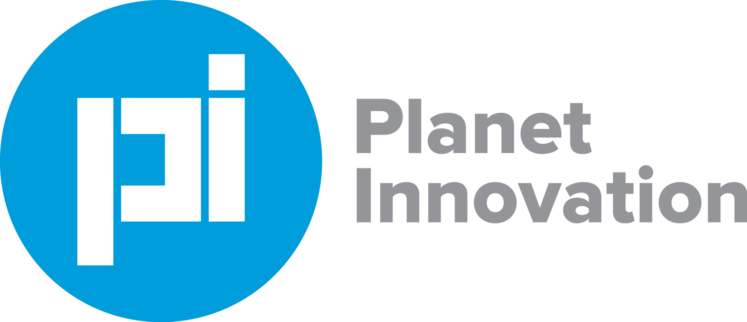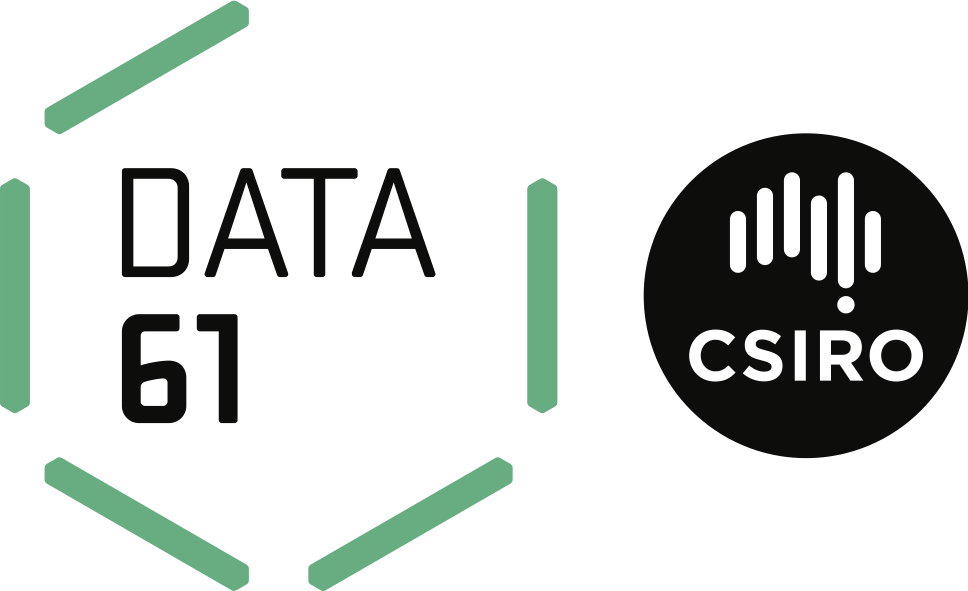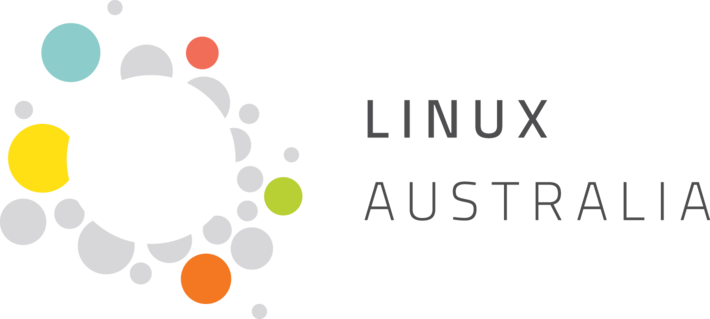Eight short talks from high school students across Australia. They’ll be talking about projects they’ve built with Python using machine learning, robotics, markov models and more!
Sentiment Analysis & Sorting the Confusing World of Social Media
Eliza Lee
With the increasing presence of technology in our lives, social media has become an almost intrinsic aspect of our every day schedule and plays a large role in influencing our decisions. Platforms such as Facebook, Instagram and Twitter provide a method of communication and has allowed us to spread our opinions and ideas across the globe. And there’s just something about these quick messages, tweets and comments- they can reveal so much about the user that we otherwise wouldn’t know. Through sentiment analysis, we can begin to sort these messages, and figure out who needs a little motivation here and there.
In my presentation, I discuss a Twitter bot I have created that analyses the sentiment of tweets and creates an automated reply for tweets that are overly negative. Everyone has days that seem like nothing is going right, and sometimes, a little encouragement is what we really need. It may not seem like much, but an automated image of a puppy or a reply reminding you to give yourself a rest, could really go a long way. So hey Python, let’s go sort these tweets out.
Developing and Implementing a “Harry Potter” House Points System
Joshua Whitmore and Rohan Van Klinken
Following our Year 8 team category win in the 2018 Queensland Premier’s Coding Competition, we were tasked by our school to develop an online house points system. It needed to: store points; display points; allow teachers to easily add points from the website; and let admins reset points and maintain the system. The website needed to incorporate the school’s newly developed Indigenous Australian House Totems - a community initiative recently recognised as the finalist in the 2019 Queensland Reconciliation awards.
We used Python in conjunction with Flask for the backend, and Jade (an HTML pre-processor), Sass (a CSS pre-processor) and JS for the front end. Over a period of 4 months we worked collaboratively with teachers to improve the design and usability of the website. Every few weeks we had small meetings with senior staff and house coordinators where we showed them the progress we had made and got feedback. The website is now fully functional and is currently in the process of being trialled by the school house coordinators.
Triangles and Sticks, Making GUIs in MicroPython
Stephan Kashkarov
GUIs or Graphical User Interfaces are the most common form of interface within the world around us. In this talk I will outline how I designed and build my own GUI to be used within a smartwatch project of my own. This presentation will focus on how to make your circuits better to program and how to structure your own basic GUIs.
How Python taught me Maths
Anna Brew
In primary school I somehow got an idea in my head that I was bad at maths, and I really ran with it. I got into coding in year 8, at the beginning only because it was compulsory, then I ran with that too. Coding gave me a new framework to view maths in, and bypassed the idea I had that maths wasn’t for me. The main thing that stopped me from wanting to go into science/engineering was the maths involved, but now maths is something I actually enjoy. One of the ways I revise for maths is to code things that can solve the type of problems I’m working on (most recently a polynomial solver). Learning python and now using python has given me the confidence to tackle STEM subjects, as well as a really helpful tool to do well in them.
Text to speech: Viterbi Algorithm Style
Pinak Limaye
I have created a text to speech bot. It works through the use of the viterbi algorithm and a hidden Markov model (HMM). It does this by learning how certain groups of letters can be pronounced in a certain way depending on the contents of the rest of the word. My project learns by looking through groups of letters mapped to phonetics. It then creates transition matrices in between the phonetics based on what it sees. Finally it makes decisions based on the emissions and transitions between each phonetic. This project has given me the opportunity to explore different branches of computer science. While working on this project I learnt different techniques such as hidden Markov model design and using the viterbi algorithm. While learning about HMMs I also gained knowledge about different applications of HMMs which gave me insight into how different technologies around me worked. My project has also impacted my knowledge on words, this is because in the process of creating my text to speech bot I was exposed to many different words. I have been interested in programming for the last few years and this project has given me many new opportunities to make new kinds of projects, especially in the field of natural language processing.
Creating a Big Two AI
Kaya Dahlke
I created an AI that plays the card game Big Two (a game in which four players take turns to play 1, 2, 3, or 5 card combinations) in 2018, and I am currently working on a game engine that will run several AI’s against each other so I can test different strategies, or allow a human player to play. I will also experiment with creating an AI using machine learning and compare it to the original AI.
Extending gifted student programmers with Open Source
Angus Atkinson
For the past three years, I’ve been a contributor to an open source project which helps keep StackOverflow and the StackExchange network free of spam and rude or abuse posts. Recently, it has been a huge part of my learning as a programmer, taking me from a novice coder to one of the leaders of the project. It has not only improved my technical skills in Python, but also exposed me to many of the other important aspects of professional software development, such as version control, continuous integration and server administration, as well as soft skills such as teamwork, organisation, and leadership. In this talk, I’ll share how working on this project has been an invaluable part of my learning and career development, and why I think other student developers could benefit from contributing to Open Source.
Building a Fake News Detector using Natural Language Processing in Python
Yve Nichols-Evans
One of the most prominent issues in today’s society is the mass consumption of misinformed, biased, or outright false information. Technology provides a powerful platform for this misinformation, however, I believe that technology can also help to reduce its prevalence. Throughout this year, I have been working with natural language processing to explore this problem, and to create a website which would allow users to input news articles and receive a subsequent ‘reliability score’ as output. In my talk I will share the experiences and struggles I encountered throughout making my project, starting with learning to build a web scraper to collect training data, to training and refining my model, and finally integrating the program into a website format using Django - a popular python based web framework.
Watch 'Education Seminar Student Showcase' on PyCon AU's YouTube account
Eliza Lee
Joshua Whitmore
Rohan van Klinken
Stephan Kashkarov
Anna Brew
Pinak Limaye
Kaya Dahlke
Angus Atkinson
Yve Nichols-Evans

